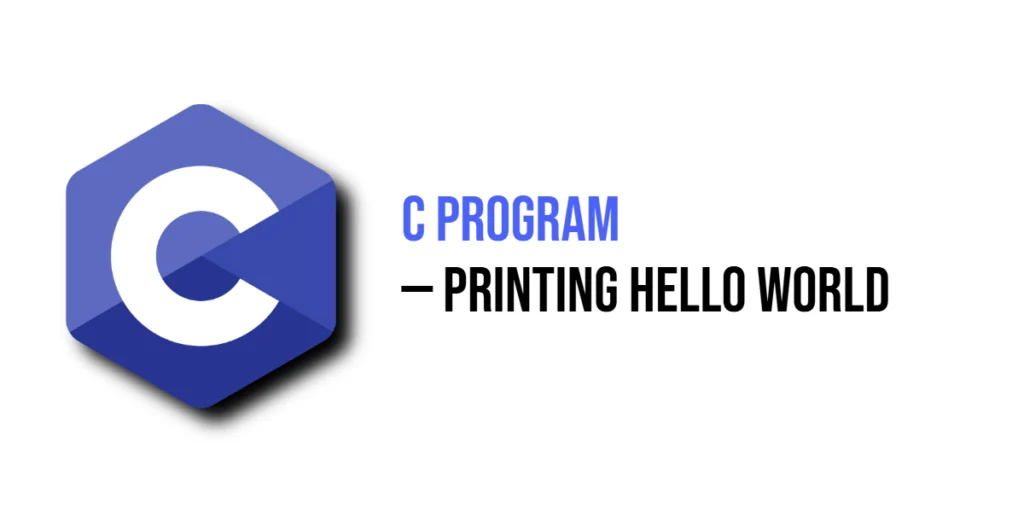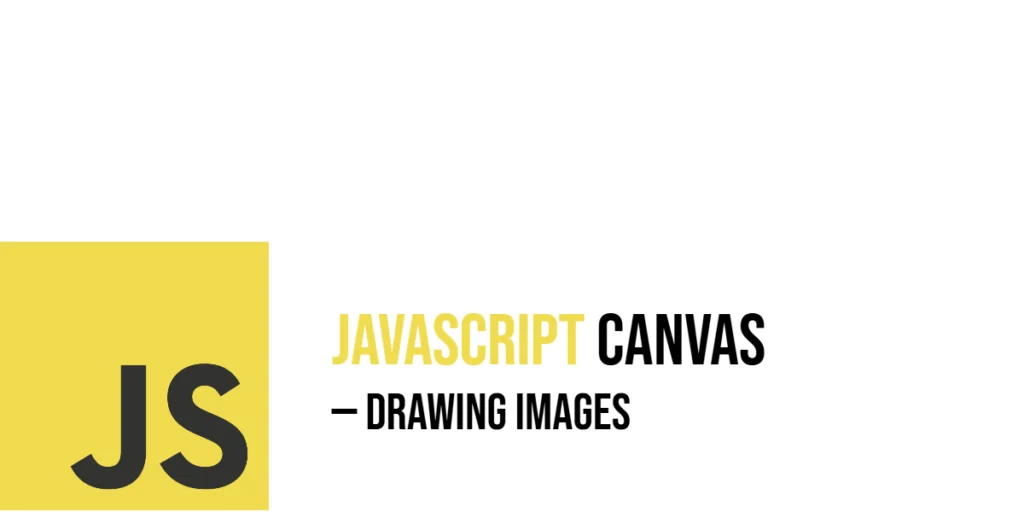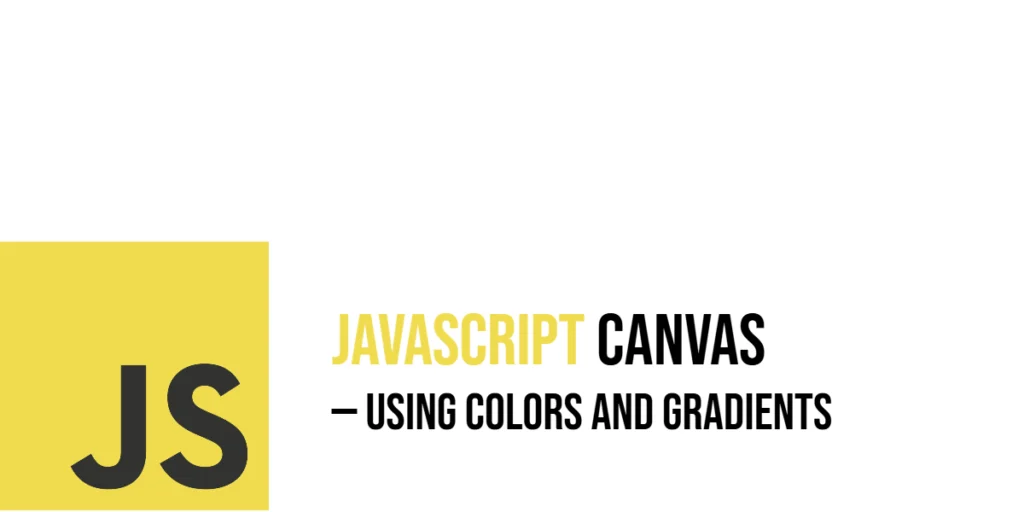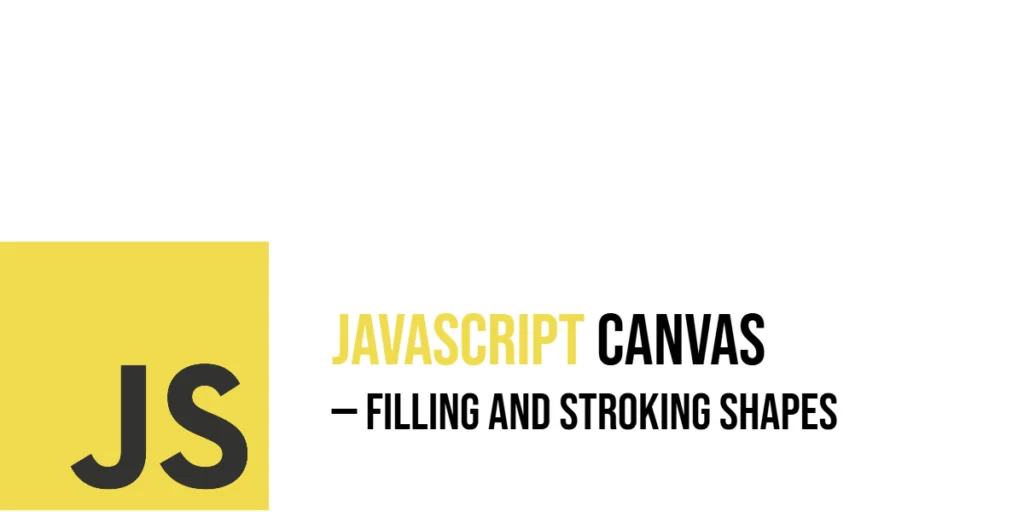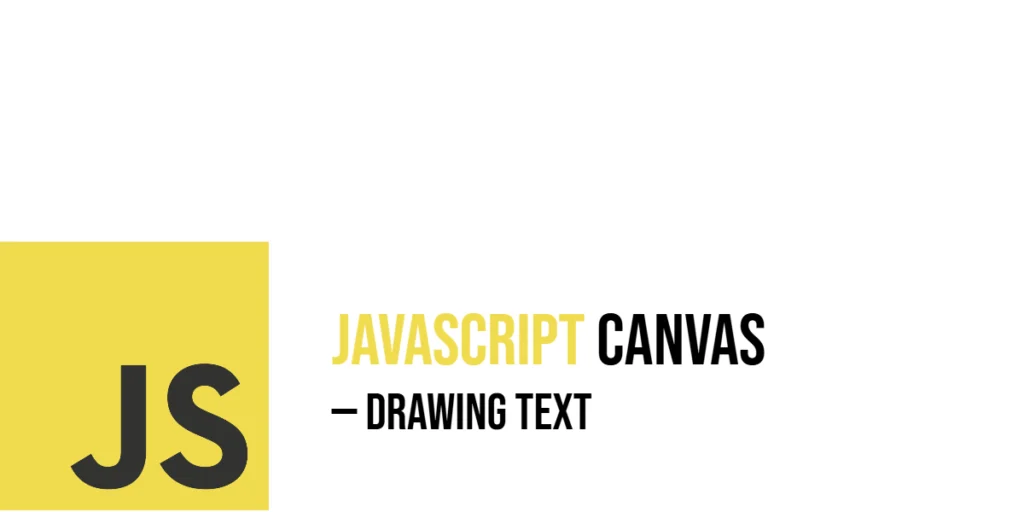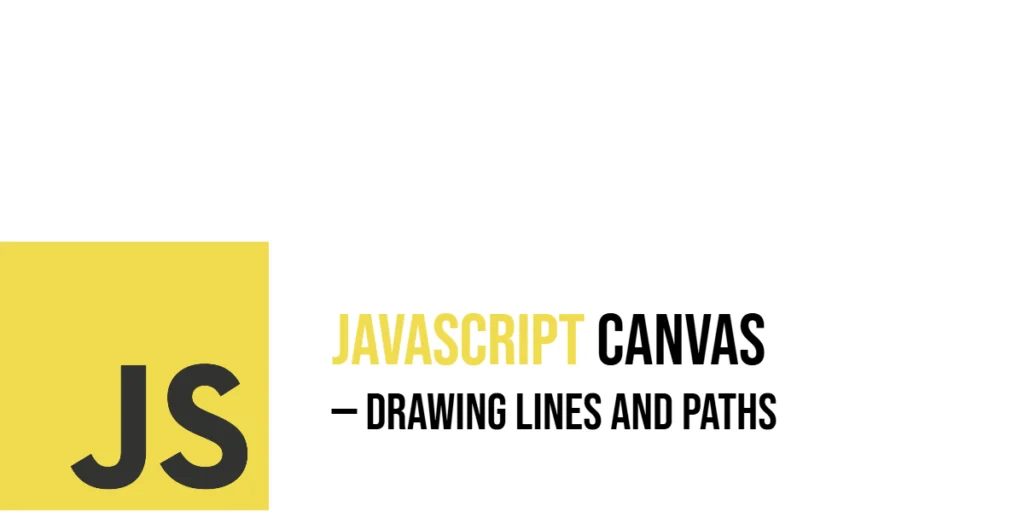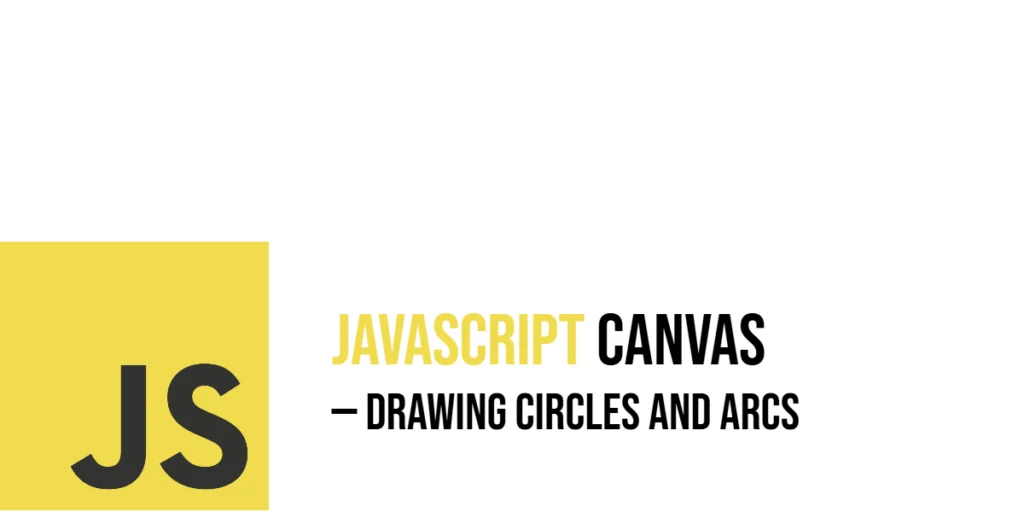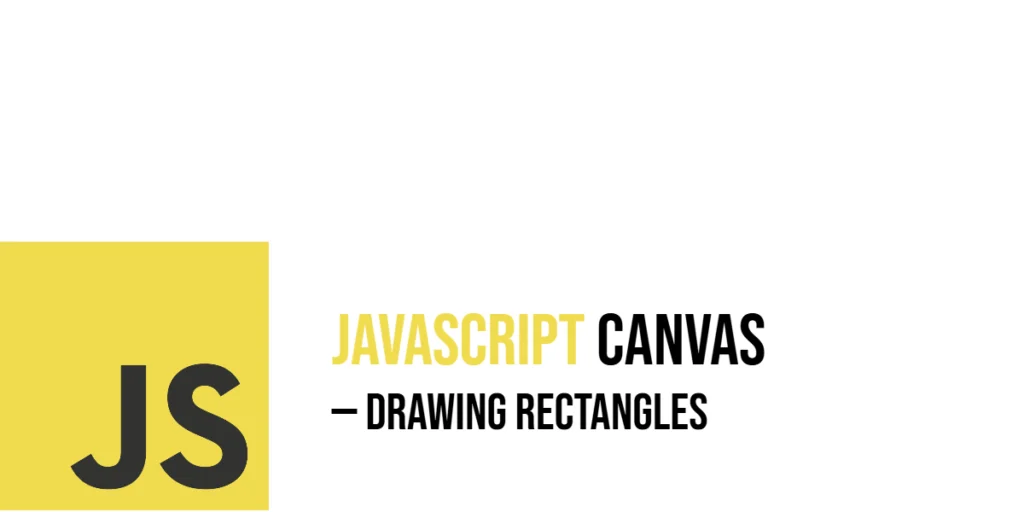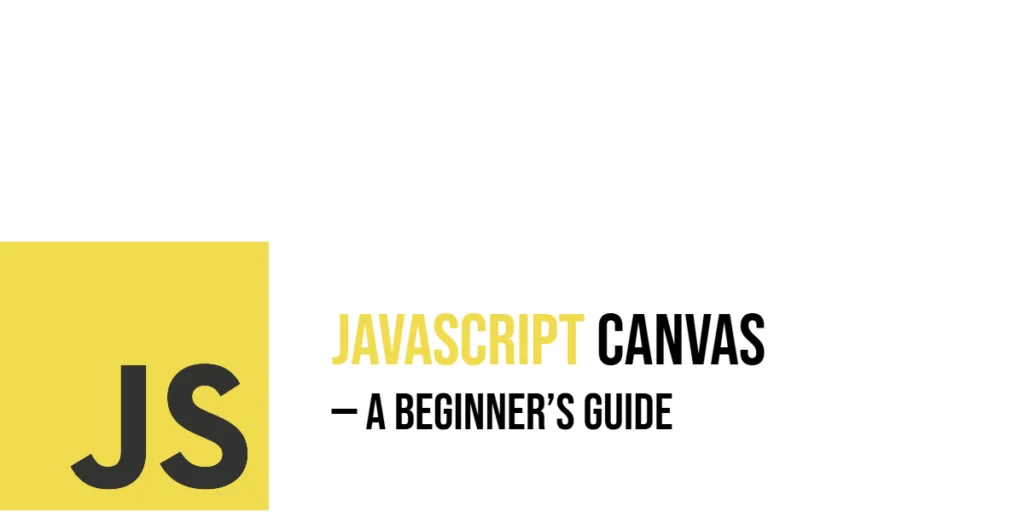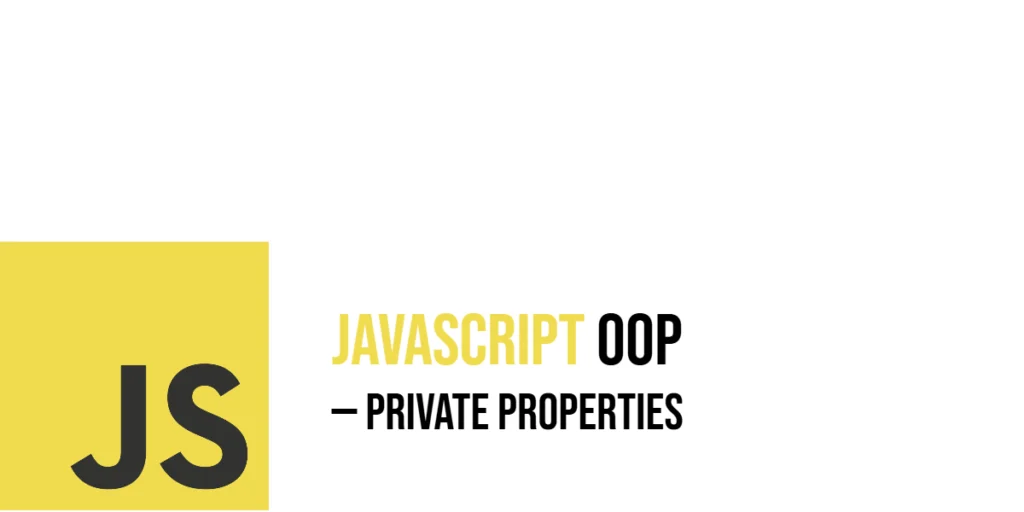C Program to Print Hello World
Learning to print messages in C is one of the first steps for every beginner programmer. Writing a program to display “Hello World” may seem very simple, but it introduces important concepts in C programming, such as including libraries, using the main function, and sending output to the console. Understanding this basic program gives you […]
C Program to Print Hello World Read More »
